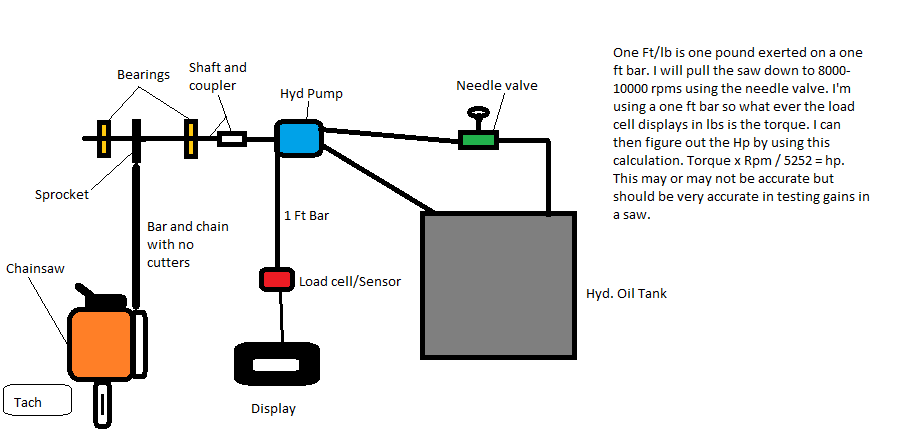Mastermind
Work Saw Specialist
From a 6 tooth drive to a 16 tooth driven is a ratio of 2.67:1 so if the pre loaded engine rpm is 12000 the pump is 4500 rpm. Max rpm of my pump is 4000 rpm. I'll be pushing that a bit. Most saws get there max torque at 9600 rpms or lower. 9600 on the saw would be 3600 rpm on the pump. I'll just start the saw on a slight pre loaded setting. The 16 tooth sprocket I have is 3.5" so its perfect for matching the cut off bar I'm using.
A jackshaft may be used to further change the ratio.....

























































 Come on ups get my parts here already:bang: I wanna build it now. I havent been this excited in awhile.
Come on ups get my parts here already:bang: I wanna build it now. I havent been this excited in awhile.